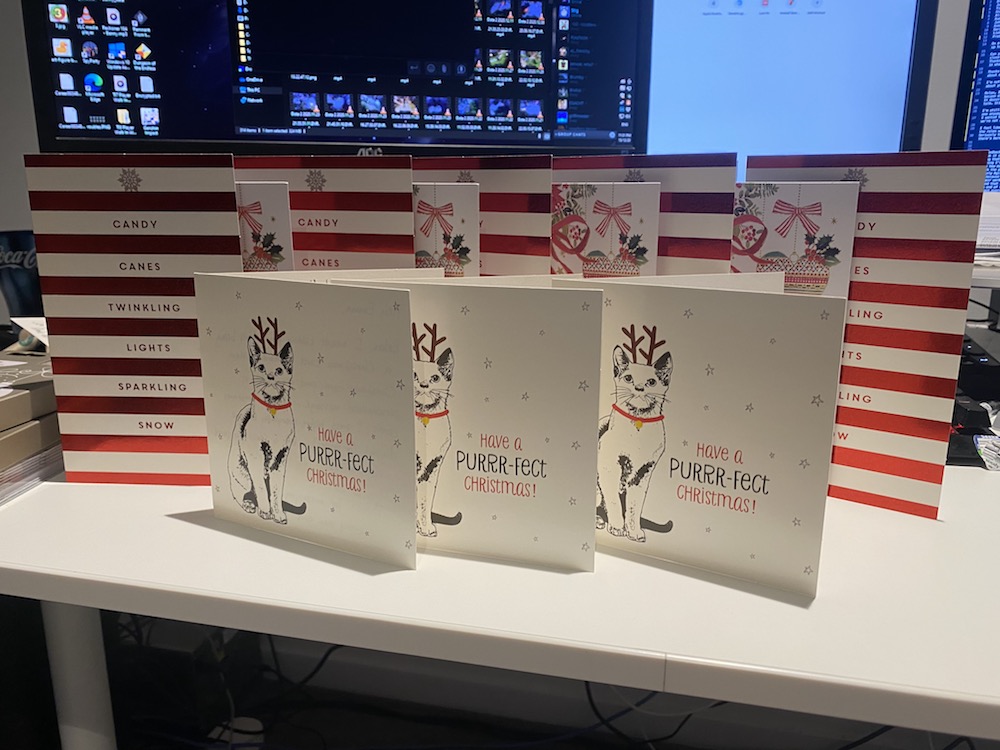Instapaper has this concept of publicly-viewable profiles of everything that you’ve liked via the read-it-later service. Mine is here. They’re good for seeing the kinds of reads I’m “liking” from around the world wide web, but the problem with them is that there’s often no context about why I liked a particular piece. Did I think it applied to my particular circumstances? Or did it strike a chord and resonate with a certain part of me? Or was it simply well-written?
Three years ago, I started a thing where I posted a dozen or so of my favourite reads of the year, out of all the stuff that I liked in Instapaper over the course of the year. The idea is that they’ll give you a little extra context about reads I think are worth your time, that you may not have discovered yourself via your own organic sources. Blogging may be dead, but that doesn’t mean you can’t find extremely compelling reads on the internet. So without too much more preamble, I present to you: The Liked List for 2020. In somewhat reverse chronological order of when I liked it, and excluding extremely popular stuff you’ve probably seen elsewhere, or stuff that I don’t think is noteworthy enough to write about…
-
How to let go of a lifelong dream
This piece from Pysche isn’t so much about giving up your dreams, as it is about aiming for something more realistic. It’s about asking yourself the hard questions: if you haven’t already achieved your goal, how much longer is it going to take? How much longer are you going to be unhappy, consumed by an ideal that may not ever eventuate, but not through a lack of trying? It talks about the difference between obsessive passions that consume you, and harmonious ones that fit well into your life, as well as the most important part: re-focusing that energy and passion into something else. -
The Premium Mediocre Life of Maya Millenial
I’m so glad I didn’t write this year’s Liked List too early, otherwise I might never have read this piece from 2017 about premium mediocre. Yes, it’s very 200-IQ stuff about superfluous features that are, a lot of the time, more for show than serve any real purposes. Premium mediocre discusses how at the core of it, outward appearances are now just as important, if not more so, than the core thing itself, and how that has given the middle class a new level of upper-middle class to strive for, while they’re striving to be upper class. -
What Really Makes Us Happy
Although we may sometimes desire the premium mediocre, this article says that if we want to maximise happiness, we need to prioritise experiences over appearances. I feel as though we’re altogether too quick to judge on appearances alone, and while they’re important, they’re often not the be-all and end-all. That run-down house on the hill might have serious character and charm inside, and the bland-looking meal might be just as tasty, satisfying, and filling as the one that looks good. Oh, and go and watch Soul on Disney Plus.
